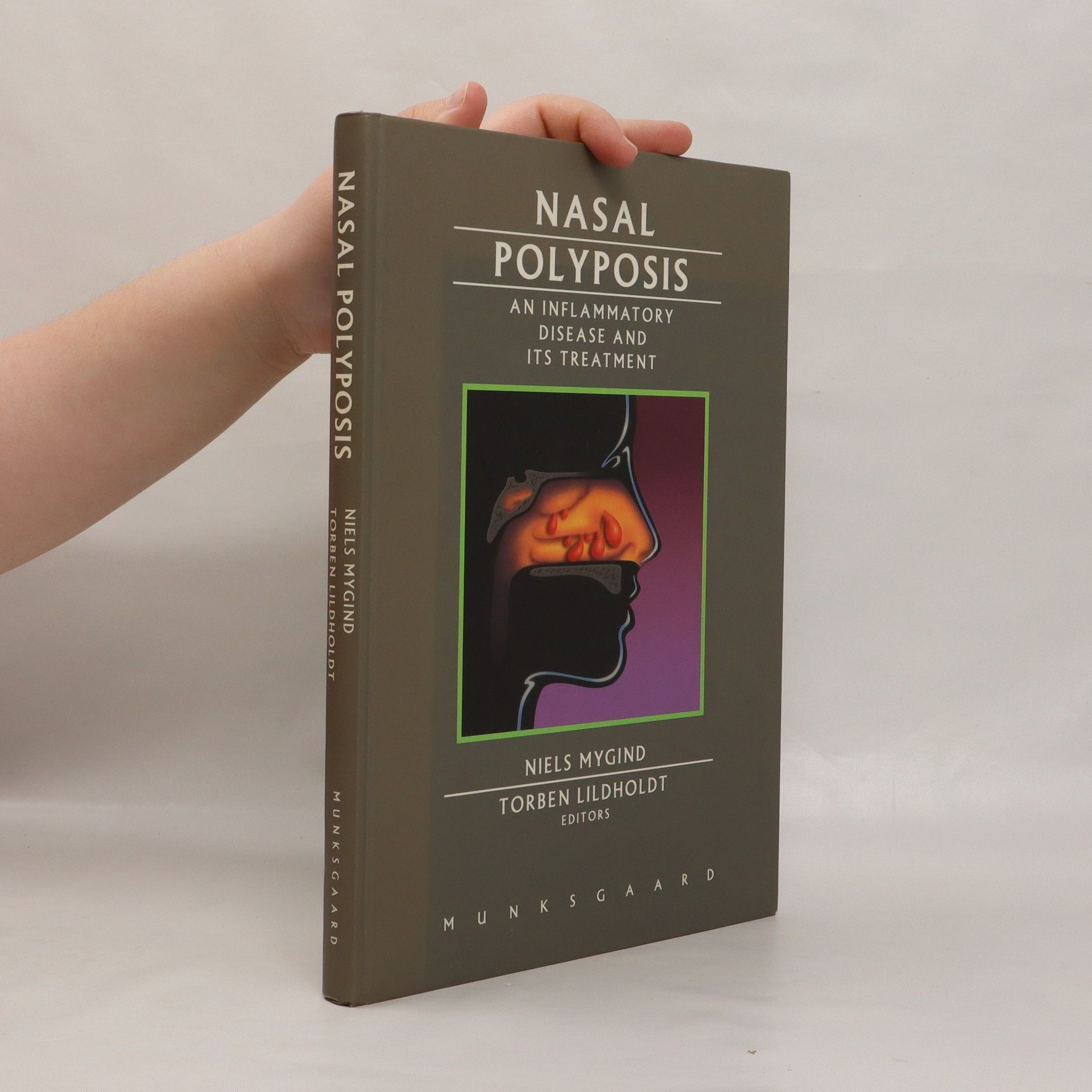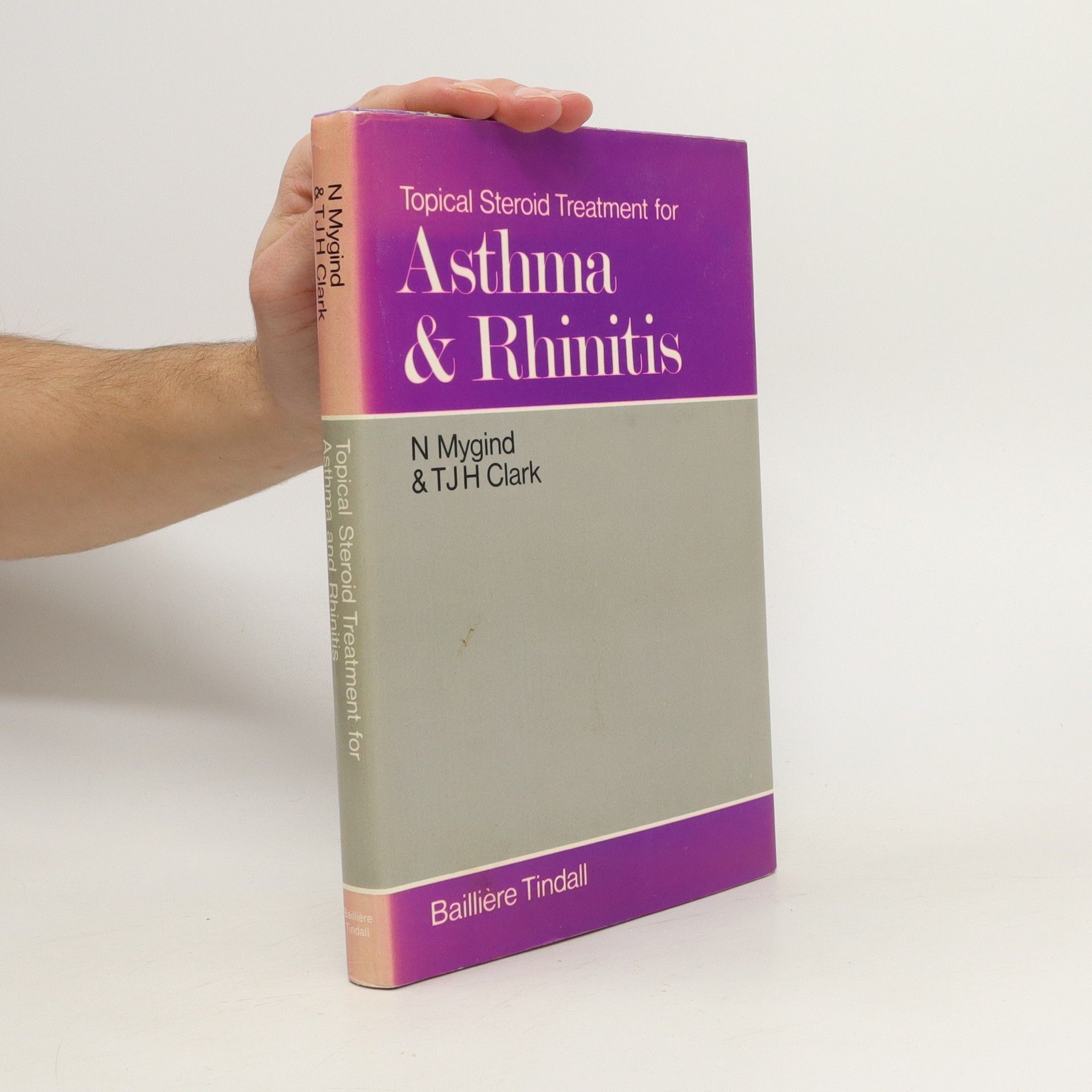Allergic and Non-allergic Rhinitis
- 250pages
- 9 heures de lecture
Allergy is a common affliction which has increased in prevalence over the last decades. Rhinitis is the most common manifestation of allergy, and this book deals with all clinical aspects of allergic rhinitis and its non-allergic counterpart. The chapters are written by experienced clinicians and researchers from Europe and North America. It has been the aim of the book to guide the practitioner in making a diagnosis and in treating patients with allergic rhinitis and, hopefully, also to stimulate further research work in this important field of medicine.



